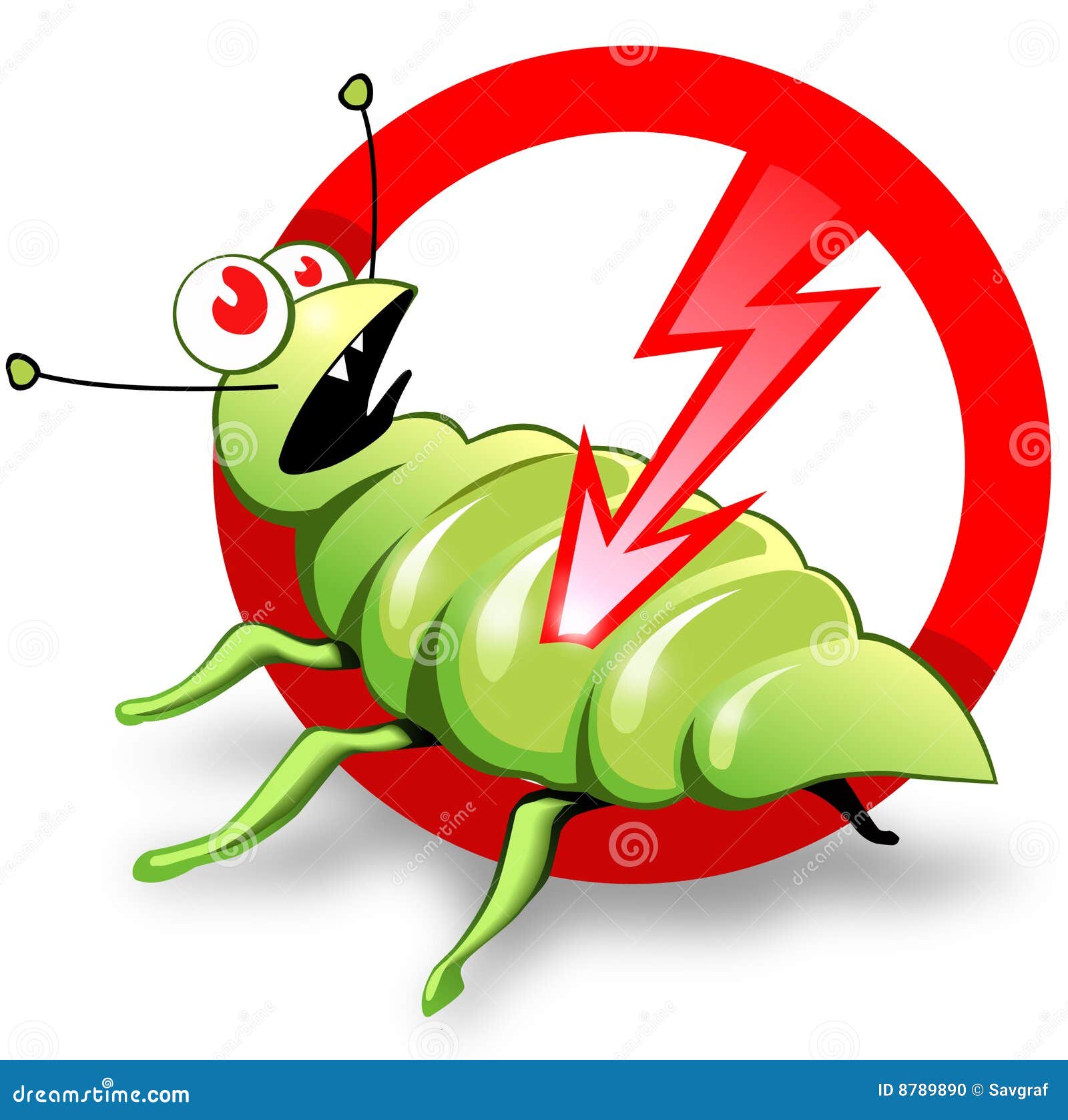Pest Control solutions to protect your home from unwanted pests.
Eco-Friendly Pest Control Approaches for Managing Wildlife in Urban Areas
Urban locations usually discover themselves at the crossway of human activity and wild animals, leading to one-of-a-kind obstacles in parasite administration. These approaches not only shield the atmosphere yet likewise improve community engagement in wild animals monitoring. As city populations continue to expand, understanding the characteristics of wild animals communications comes to be significantly essential.
Comprehending Urban Wildlife Dynamics
Understanding Urban Wild animals Characteristics is necessary for developing efficient and eco-friendly pest control methods. Urban areas are increasingly becoming environments for various wild animals species, driven by elements such as habitat fragmentation, food accessibility, and human encroachment. Identifying these dynamics allows for a nuanced strategy to pest administration that straightens with environmental concepts.
Urban wildlife often consists of species such as raccoons, squirrels, and birds, which adjust to city settings, locating particular niches in eco-friendly areas, parks, and even suburbs. Their visibility can bring about conflicts with people, particularly when they make use of personnels for food and shelter. Understanding the behaviors and eco-friendly roles of these varieties notifies strategies that lessen negative communications while promoting biodiversity.
Furthermore, recognizing the interdependencies within city ecological communities aids in identifying important areas for habitat preservation and remediation. This expertise adds to the growth of integrated pest administration (IPM) strategies that take into consideration the ecological equilibrium, therefore reducing dependence on harmful chemicals. By cultivating conjunction between humans and urban wildlife, cities can produce healthier settings that benefit both homeowners and neighborhood environments, leading the method for lasting urban living.
All-natural Repellents and Deterrents
All-natural repellents and deterrents use a sustainable option to conventional pest control methods by using the power of nature to keep unwanted species at bay. These environmentally friendly remedies generally use plant-based ingredients, crucial oils, and various other naturally occurring substances that hinder bugs without damaging the environment.
One effective natural repellent is peppermint oil, which is known to repel rats and bugs. Its solid scent is unpleasant to several bugs, making it a preferred choice for urban setups. Vinegar and citrus peels can serve as deterrents, as their strong odors are commonly unappealing to various wildlife.
Furthermore, diatomaceous planet is a natural powder that can be spread out in areas susceptible to parasite task, successfully dehydrating and hindering insects without positioning dangers to non-target types. In addition, garlic sprays and neem oil are acknowledged for their capability to push back a wide variety of parasites, including both insects and larger wild animals.
Carrying out these natural repellents not just reduces reliance on chemical pesticides yet likewise advertises a healthier metropolitan environment, promoting a more balanced conjunction in between human beings and wild animals. By making use of these approaches, metropolitan areas can effectively handle pest populations while lessening environmental impact.
Environment Adjustment Techniques
Effective habitat modification strategies play an important duty in lasting pest monitoring by changing the atmosphere to make it less helpful to pest infestations. By understanding the ecological dynamics of city locations, homeowner can implement critical adjustments that prevent insects while promoting biodiversity.
(Home Pest Control)One primary technique entails maintaining appropriate sanitation. This consists of normal waste removal, safeguarding garbage can, and removing standing water to reduce reproducing sites for pests and rats. In addition, landscaping techniques such as picking indigenous plants can improve ecological equilibrium, providing habitats for valuable microorganisms while lessening resources for pests.
One more essential strategy is to secure access points in buildings. Evaluating and repairing splits in foundations, wall surfaces, and windows can considerably minimize parasite gain access to. Creating physical barriers, such as fences or plant buffers, can prevent wild animals movement into human-inhabited areas.
Integrated Pest Monitoring Practices
Structure upon habitat adjustment methods, integrated parasite monitoring (IPM) methods supply an alternative method to controlling parasite populations while minimizing ecological influence. IPM incorporates numerous techniques, including biological, social, mechanical, and chemical controls, to attain effective pest management.
Organic control entails the introduction of all-natural killers or bloodsuckers to reduce bug populaces. Social practices, such as crop their explanation turning and sanitation, interfere with pest life cycles and diminish their environments - Pest Control. Mechanical controls, like catches and obstacles, provide instant remedy for insect pressures without chemical treatment
Chemical controls are used as a last option, focusing on targeted applications that restrict injury to non-target types and the setting. The choice of environmentally pleasant pesticides, when necessary, is essential to the IPM framework. Additionally, keeping an eye on bug populations and analyzing possible damages aids inform decision-making, guaranteeing that interventions are prompt and reliable.
Area Participation and Education And Learning

(Honey Bee Relocation)Workshops and educational sessions can gear up homeowners with expertise about indigenous varieties, environment preservation, and efficient safe bug management techniques. Partnership with institutions, neighborhood organizations, and federal government companies better improves educational outreach, making sure that essential details gets to diverse target markets.
In addition, community-led efforts, such as community clean-up days and habitat remediation jobs, not only promote biodiversity yet also strengthen community ties. Pest Control. By encouraging citizens to share their experiences and monitorings, communities can develop targeted strategies that deal with specific local bug concerns
Integrating comments from homeowners into pest management prepares makes it possible for a much more receptive and adaptive strategy to wildlife obstacles. Eventually, educated and involved neighborhoods are essential to achieving long-term success in environment-friendly bug control, leading to healthier city settings that appreciate both human and ecological needs.

Conclusion
Finally, green bug control comes close to deal sustainable options for managing city wildlife. By prioritizing environment adjustment, utilizing all-natural repellents, and executing incorporated pest administration techniques, neighborhoods can cultivate a harmonious coexistence with local animals. Involving residents with education improves understanding and urges liable wild animals communications. Inevitably, these approaches not only safeguard biodiversity however likewise promote environmental health, making certain city areas continue to be lively communities where humans and wildlife thrive with each other.